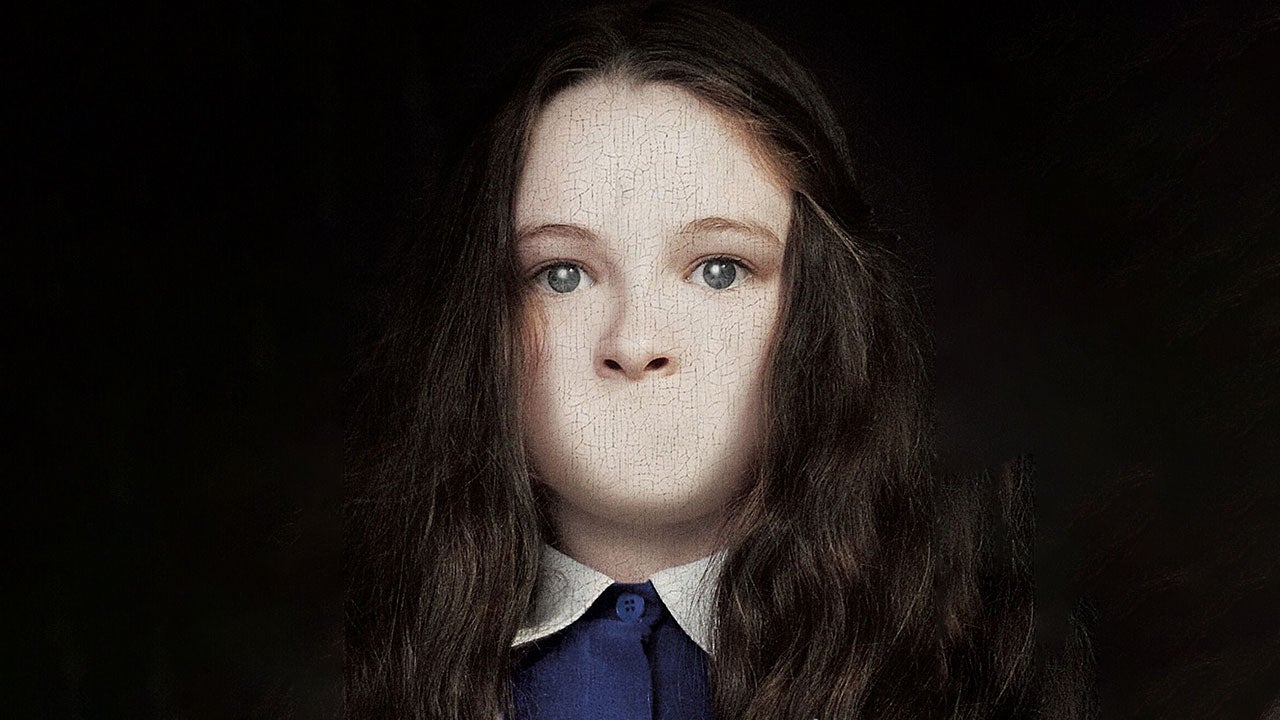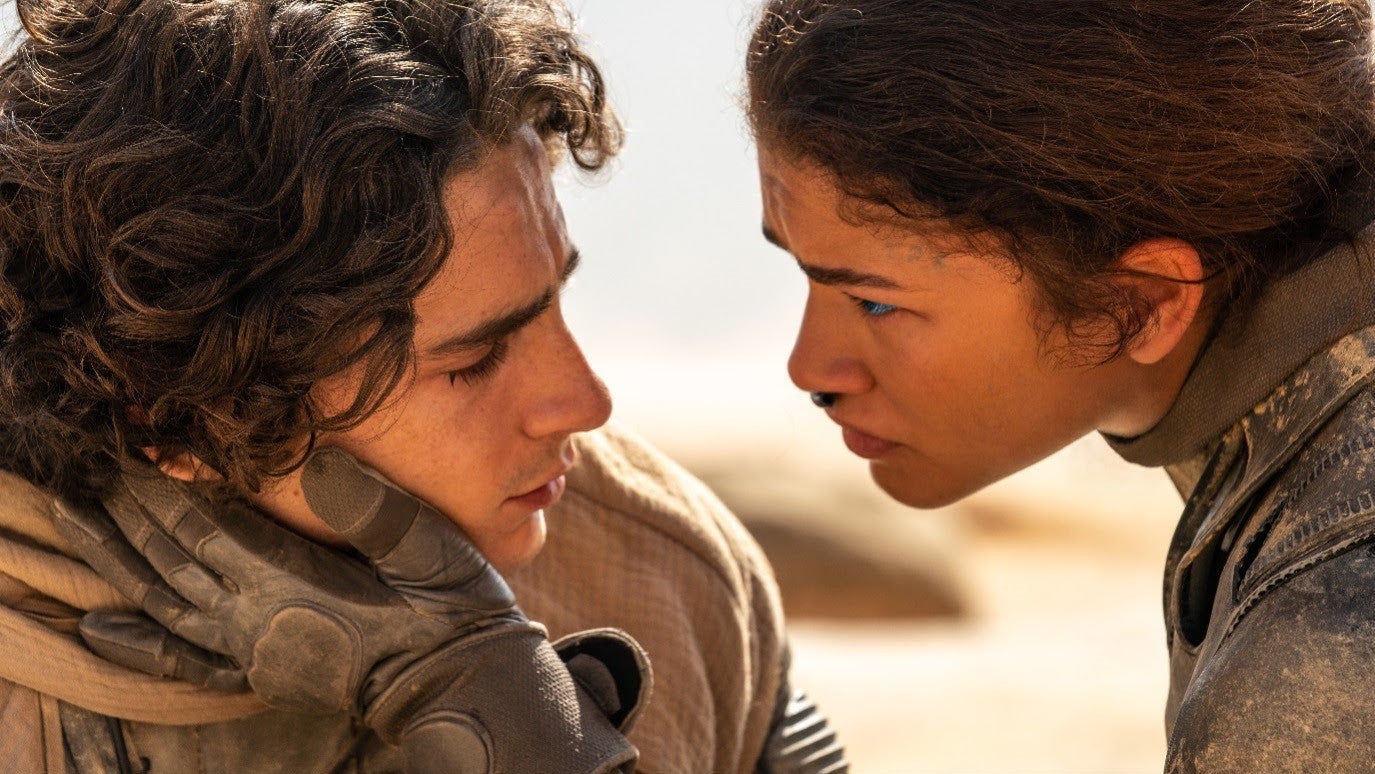After many years in the cooler, the Silent Hill franchise is finally set to make a big comeback. After PlayStation’s State of Play revealed the latest trailer and a release date of October 8th, 2024 for Bloober Team’s Silent Hill 2 remake, and the Silent Hill Transmission showed plenty of footage from the game as well as behind-the-scenes material from the upcoming film adaptation Return to Silent Hill, we’re more interested than ever to see what the future holds for the venerable horror franchise. But today we’re going to look back on one of the silently (ha) most important installments in the Silent Hill canon: Christophe Gans’ 2006 film, simply titled Silent Hill.
What was at the time seen as just one more example of why video games always make for lackluster movies, Silent Hill has stood the test of time and developed newfound appreciation from critics and fans. With Gans’ sequel Return to Silent Hill on the way, we’re going to examine not just why the film is better than its reputation suggests, but also how it set the stage for the video game adaptation renaissance we’re currently living in. How so? Let’s take a look.
A Dark and Lonely Place
Ever since the release of the very first feature-length live-action video game movie, Super Mario Bros. in 1993, game adaptations have generally been considered something of a wasteland in terms of quality and commercial success. We’ve discussed previously on IGN how taking a look at the numbers puts a dent in that mythology, but it is still true that before Silent Hill’s release, there were few if any video game movies with positive receptions. Paul W. S. Anderson’s first Mortal Kombat film in 1995 is goofy fun, and those who grew up on them likely have soft spots for the early theatrically released Pokémon films like The First Movie and Pokémon 2000, but by and large, the world Silent Hill was released in was one essentially devoid of goodwill towards video game movies.
That lack of goodwill extended to Silent Hill; the movie was mostly panned by critics, and barely doubled its budget at the box office. It did make enough money between its theatrical gross and home video sales to warrant a sequel in 2012, Silent Hill: Revelation, only for that one to garner an even worse reception. By any obvious metric, Silent Hill was a modestly successful entry that didn’t leave much of an impression on the people who watched it in 2006. If anything, Silent Hill’s primary rival, Resident Evil, ate its lunch both in games and at the theaters. The Resident Evil movie series may have netted mostly terrible reviews and been hated by fans of the games for their many inaccuracies to the lore and characters, but the six entries in the Milla Jovovich-led franchise collectively generated more than a billion dollars in global revenue.
Yet influence is a funny thing, and it doesn’t always follow the most visible path. Where the Resident Evil movies found their success by deviating from the source so profoundly in the pursuit of a direct-to-video ‘90s actioner vibe that they’re essentially a different franchise from the games from which they spawned, the 2006 Silent Hill film is a fascinating artifact because it’s the first video game movie that feels like it takes its source material entirely seriously from an artistic perspective. The sincere and unabashed enthusiasm Gans has for the games bleeds into every aspect of the film’s production, and it’s a perspective that would influence modern video game adaptations in more ways than one.
The Silent Hill Movie: Silent Heaven
Even before the opening logos are finished, Silent Hill’s faithfulness to the games is plain to see. The movie’s score consists of mostly unaltered musical tracks composed by Akira Yamaoka for the first four games, with the title theme from the first game playing as the movie begins. Yamaoka was even brought to the set to consult on the film. Many of the monster designs and visual elements of the setting are ripped unchanged from the source material. And although the script makes some changes to the characters for thematic consistency, the plot plays as a relatively straightforward adaptation of the story from the first game about a parent entering the town of Silent Hill to look for their lost daughter, only to uncover the devastating aftereffects of the town’s history and the cult associated with it.
That’s not to say that blind fidelity to game imagery is some kind of magic bullet that makes a movie good (see 2021’s Resident Evil: Welcome to Raccoon City for a negative example), but it does speak to the mindset Gans had when approaching the project. In an interview for a making-of documentary about the film, Gans described playing the first game as an experience of “absolute fear” and that it was “conceptualized in a very mature way.” He took the material at face value and saw that it generated an audience in its original form for a reason: because it was compelling on its own terms. Gans didn’t think of Silent Hill as something that needed to be “fixed” by adapting it to a new medium, which for many years was the common mentality when making film adaptations of “less prestigious” artforms like video games or comic books.
Indeed, looking at the timeline of mid-2000s film shows that Silent Hill was not just ahead of the curve for video game adaptations in 2006, but existed in parallel to a similar shift happening in comic book movies. Sam Raimi’s Spider-Man trilogy was released between 2002 and 2007, and the MCU started in 2008 with Iron Man. Those two franchises in particular were the vanguards of comic book films no longer being embarrassed by their source material. It may have taken longer for video game adaptations to catch up, but Silent Hill anticipated the cultural changes that would lead to the recent success stories of movies like Detective Pikachu and The Super Mario Bros. Movie, or television shows like The Last of Us and Fallout. From directly involving key creatives from the game’s development in the filmmaking process to faithfully incorporating visuals and music cues from the source material, Silent Hill set the parameters for how the aforementioned movies and shows would connect with global audiences.
Horror and Melancholy
All that said, the most important aspect of Silent Hill that the movie retains is the spirit of the games. Although the film is very much a phantasmagorical display of violence and terror, it also captures what’s perhaps the most elusive quality of the games: how melancholic they are. They are not just about running away from monsters or finding your way through the dark; they are philosophical and emotional journeys through their protagonists’ anxieties and miseries. The nightmare dimension of Silent Hill is not just about scaring the audience, but also contrasts with the sorrow the characters feel at never quite being able to return to the world they lived in before they came to the town, both literally and metaphorically.
This idea is perfectly expressed in the film’s fantastic third act where the dark version of Alessa (Jodelle Ferland) uses razor wire to massacre the townspeople who ordered her immolation before allowing Rose (Radha Mitchell) and Sharon to “leave.” Although the pair do return to their home, they are clearly still trapped in the Silent Hill dimension. Their world is full of fog and bereft of life, for they no longer exist on the same plane as Christopher (Sean Bean), the husband and father who’s been searching for them the entire film. The sudden escalation to hyperviolence followed by the smooth descent into a haunting shadow of the life the protagonists once lived is not just a moody and atmospheric note to end the film on; it’s a poignant reflection of the conflicting emotions the games instill in their players.
Silent Hill’s greatest strength is how it takes the themes and motifs of the games and finds a new way to express them in cinematic form. Its creators conceived the film as a sibling to the source material, not as a successor or improvement. That mindset has since been adopted by the creatives and studios working on movies and shows based on games, and the results speak for themselves. We’ll see where the video game adaptation craze goes from here, but Gans coming back to direct Return to Silent Hill at this point in time feels especially noteworthy given the circumstances. He may not have received his due credit back in 2006, but his forward-thinking approach to adapting Silent Hill helped create the template for the movies and shows we currently enjoy. And it’s a testament to the care with which he handled his film that it’s holding up far better than most others of its type from the same era.
Carlos Morales writes novels, articles and Mass Effect essays. You can follow his fixations on Twitter.







